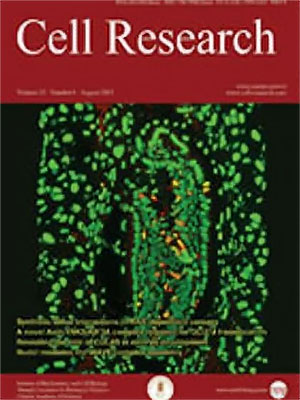Volume 8 Issue 3, September 1998: 171-177
REVIEWS
Complex role of matrix metalloproteinases in angiogenesis.
Sang QX.
Department of Chemistry, Florida State University, Tallahassee 32306-4390, USA.
Correspondence: Sang QX.(sang@chem.fsu.edu)
Matrix metalloproteinases (MMPs) and tissue inhibitors of metalloproteinases (TIMPs) play a significant role in regulating angiogenesis, the process of new blood vessel formation. Interstitial collagenase (MMP-1), 72 kDa gelatinase A/type IV collagenase (MMP-2), and 92 kDa gelatinase B/type IV collagenase (MMP-9) dissolve extracellular matrix (ECM) and may initiate and promote angiogenesis. TIMP-1, TIMP-2, TIMP-3, and possibly, TIMP-4 inhibit neovascularization. A new paradigm is emerging that matrilysin (MMP-7), MMP-9, and metalloelastase (MMP-12) may block angiogenesis by converting plasminogen to angiostatin, which is one of the most potent angiogenesis antagonists. MMPs and TIMPs play a complex role in regulating angiogenesis. An understanding of the biochemical and cellular pathways and mechanisms of angiogenesis will provide important information to allow the control of angiogenesis, e.g. the stimulation of angiogenesis for coronary collateral circulation formation; while the inhibition for treating arthritis and cancer.
FULL TEXT | PDF
Browse 2303


